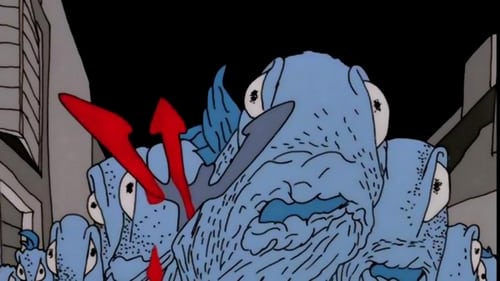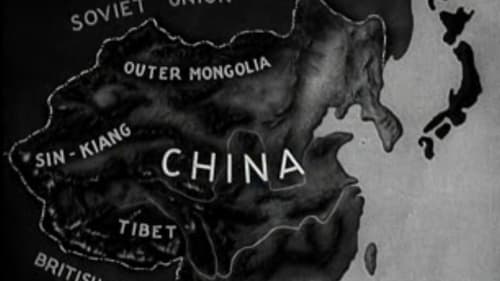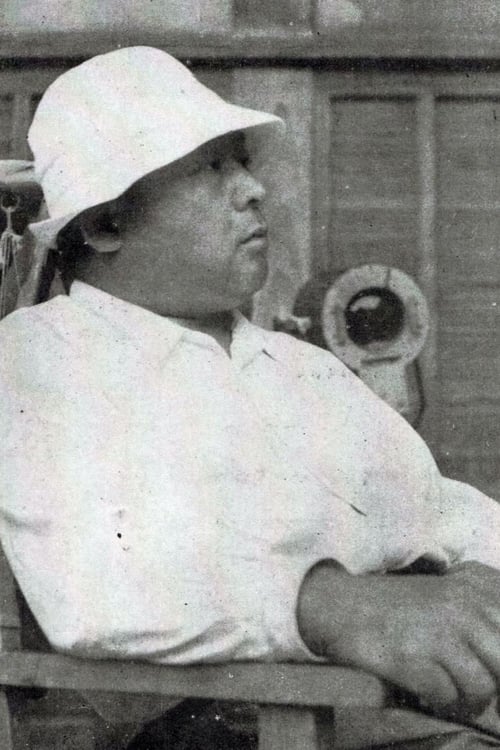Children of the Beehive (1948)
Género : Drama
Tiempo de ejecución : 1H 26M
Director : Hiroshi Shimizu
Escritor : Hiroshi Shimizu
Sinopsis
La película se centra en la difícil situación de diez huérfanos de guerra procedentes de diferentes ciudades de Japón. Sin ningún lugar a donde ir, hurgan en las estaciones de tren, descubriendo una existencia por medio del trabajo en el mercado negro para un vagabundo con una sola pierna mientras evitan ser recogidos por la policía por vagancia. Pronto, sin embargo, encuentran un modelo a seguir más inspirador en la figura de un soldado sin nombre que acaba de ser repatriado después de la guerra. Huérfano, el soldado tampoco tiene un hogar al que regresar, por lo que se embarca por todo el país con los niños a cuestas en busca de trabajo antes de decidirse por el objetivo de llevarlos al orfanato donde él mismo creció.

Don Juan regresa a su Sevilla natal después de un largo destierro. Cuando llega, ve que su padre ha muerto y que le ha dejado en herencia todos sus pertenencias con la condición de que se case con Doña Inés, la hija de un amigo muy querido. Al principio, Don Juan dice que ya está casado, para liberarse de esa carga, pero finalmente le dominan sus impulsos de conquistador.

A poetic ode to the River Seine, Ivens' distinguished camera eye surveys its lively banks and step-stone canals with a vérité candor, a beguiling elan.

Short film by Zbigniew Rybczyński.

A surrealistic fantasy based on the 15th century woodcuts of the dance of the dead. A film experiment that deals with the photoreality and the surrealism of life. A collage-animation that cuts up photos and newsreel film and reassembles them, producing an image that is a mixture of unexplainable fact (Why is Harpo Marx playing a harp in the middle of a battlefield?) with inexplicable act (Why is there a battlefield?). It is a black comedy, a fantasy that mocks death ... a parabolic parable.

A little girl wanders all alone in the morning, through a bustling city, looking for the white bells she noticed in the window of a florist's shop. This film heralded the birth of a new film language in Latvian cinema. It received awards at the San Francisco and Oberhausen festivals. and was included on the list of the “world’s 100 best short films” by the film critics at the 1995 Clermont-Ferrand film festival.. All three of the film’s authors together with their peers became the creators of the legendary Riga School of Poetic Documentary.

A man living a dream experience linked to memories of his childhood.

Philosophical essay about the October Revolution of 1917 in Russia, its influence on the destiny of the world in the 20th century.

A beautiful but ailing girl is married to a harsh man who doesn't care for her. Only after she dies does he realize that he actually loves her.

A day in the life of Ako, a 16 year old Japanese girl, and her friends and co-workers. An alarm clock wakes her in a dorm; she gets ready for work and travels to a large bakery. We see her with friends, chatting and laughing, as well as working. They go out, seven of them jammed in an old Pontiac: bowling, then to an amusement park, then driving around. Car trouble may put her at risk. Is she going to be okay?

An industrial film which shows the operations inside the Philips Radio plant: In a mêlée of activity, glassblowers make delicate glass bulbs. Machinery assists the bulb manufacture. A virtuoso glassblower begins a more complex tube used in radio broadcasting; it is then turned, fired, and sculpted. Conveyors carry partially completed units. Workers perform their various specific assembly-line tasks. Cases are manufactured and machined, wire harnesses are assembled, loudspeakers are produced. As radios near completion, they are run through a series of tests. Engineers and draughtsmen define future developments. In a closing stop-motion sequence, in a style reminiscent of Norman McLaren, a group of loudspeakers performs a playful dance. The film overall is a poetic depiction of an industrial process.

Arthur Melbourne Cooper's animation showing a boy's dream of his toys coming to life uses a live action framing device for the dream sequence which uses stop motion techniques to animate a child's toys.

A day in the life of Arnošt, a soldier staying in Josefov. A sense of desperation permeates the environment as well as the mind of the protagonist. It is sunday, and saturday left just a hangover. Days go by, nothing changes. A metaphor for the political situation in the Czech lands at a time where depicting a soldier as a drunk was considered out of place to say the least.

A fishing village falls prey to a nightmare revenge from the sea. Award-winning Yugoslavian animated short film.

The film is a documentary portraying a struggle as man tries to subdue nature. To prevent flooding and for purposes of land reclamation, the people of the Netherlands struggle and succeed in building a breaker, thereby eliminating the wild inland body of water once known as the Zuider Zee (now called Ijsselmeer).

This short film made by László Moholy-Nagy is based on the shadow patterns created by his Light-Space Modulator, an early kinetic sculpture consisting of a variety of curved objects in a carefully choreographed cycle of movements. Created in 1930, the film was originally planned as the sixth and final part of a much longer work depicting the new space-time.

The painter António Cruz wanders around the city of Porto painting what he sees: old and modern buildings, people arriving and leaving work in the factories, children playing. The impressionist realism of Cruz’s drawings dissolves into Oliveira’s vision of Porto, which at the same time portrays the painter and his work.

This 1957 Romanian short animation and Cannes Film Festival winner skilfully and with incredible artistic expression manages to condense the entire narrative of human evolutionary theory into a ten minute short film. Not only that, he eerily anticipates the communist triumph of the USSR launching the first man into space by a few years.

In this child's game, a live-action boy and girl draw characters and compete who is better. The girl draws a flower and the boy draws a car that runs it over. Then a drawn lion chases a drawn girl, until it all becomes frightfully serious.

"Tourou et Bitti", an eight minute documentary concerning a ritual in Niger, is yet another example of Rouch's excellence in creating documentaries which surpass the conventional documentary format. Just as frightening and fascinating as "Les maîtres fous", this one goes straight into the roots of ancient African cultures, in which music has an hypnotic effect, being at the same time an exorcism and a public show. Both the female and the male dancers are almost deities about to be unleashed... Spectral and humanitarian.

The 400 million people of China are heirs to a great civilization, as their pagodas and stone lions can attest. But they are under attack from the Japanese. Civilian refugees walk, stumble, crawl to escape the destruction of their cities... While in the China of tradition, water buffalo still work the paddies and camels cross the desert, modern China is now a republic founded by Dr. Sun Yat-sen, with modern schools, heavy industry, large engineering projects... The government of Chiang Kai-shek resists the Japanese invasion from the coast. Madame Chiang receives a cheque from the U.S.A. for war relief. War production continues in distant villages safe from the grasp of the Japanese. With modern weapons the Chinese are pursuing their struggle behind enemy lines. And still their opponent persists in his reprisal bombings of civilian targets. "Will these people win?"









